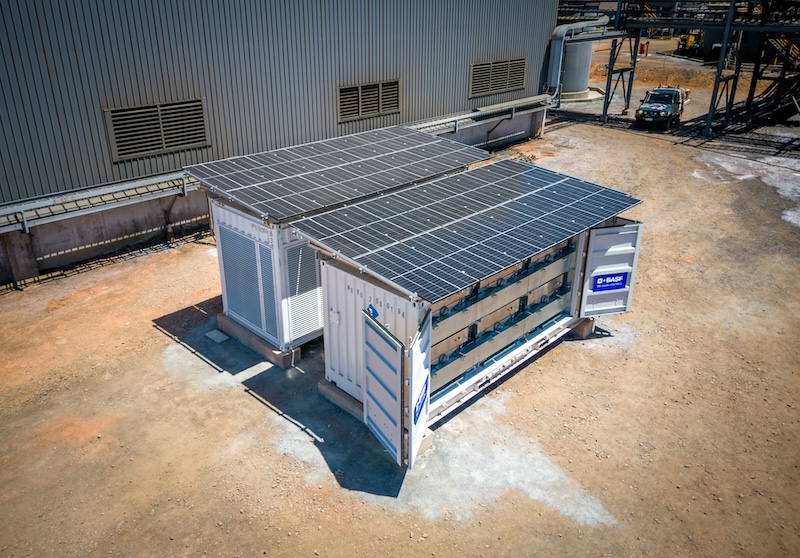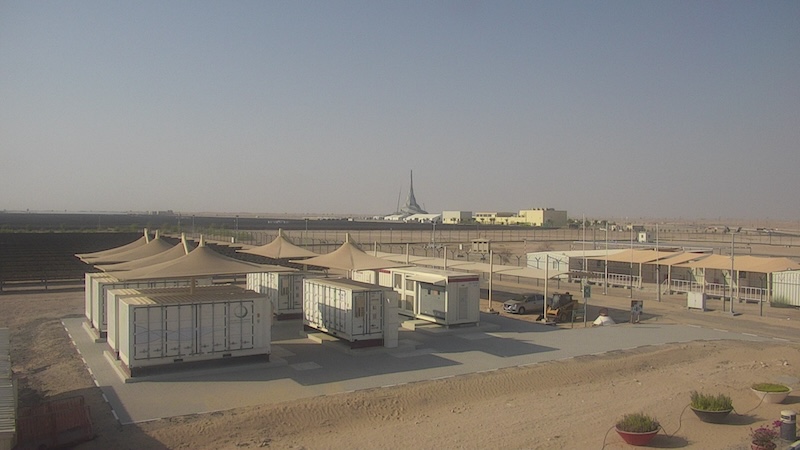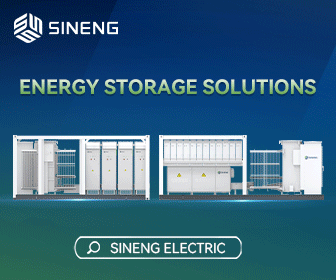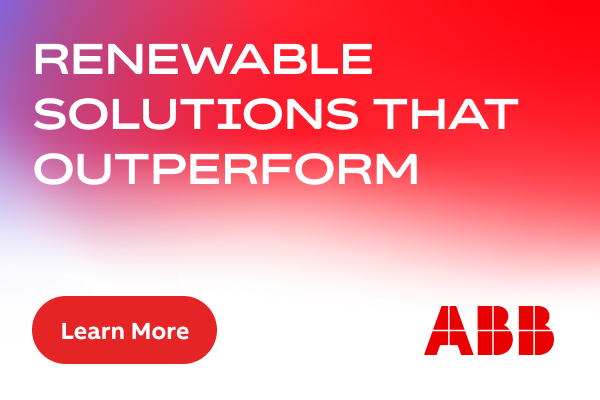Sodium-Sulfur Technology Helps Unlock Long Duration Storage in Extreme Climates
Electrical grid operators already have their work cut out for them over the next few decades, as renewables grow to meet the surging power demands of data centers and industrial electrification. Keeping grids stable with intermittent energy like solar and wind is a challenge in and of itself, to say nothing of the need to prepare for worsening severe weather. These challenges are heightened even more for those operating grids in extreme cold or heat.
Battery energy storage systems (BESS) will be a key part of how grid operators tackle these challenges but come with inherent challenges of their own. They are complex technologies with many specialized components, and some of them, like lithium-ion batteries, are very temperature-sensitive with a narrow band of operating conditions.

An all-weather energy storage option
Grid operators in need of storage that can withstand extreme heat or cold have another option: Sodium-sulfur NAS batteries. These batteries are not subject to the same sensitivities as lithium-ion batteries, and can operate in a wide range of temperatures without the level of active cooling and heating required by a lithium-ion BESS. With the ability to store energy for 6+ hours, they are ideal for grid-scale applications regardless of the climate, and their twenty-year deployment history makes them a reliable option.
The NAS battery’s better ambient suitability stems from its high operating temperature of 300-340°C. As engineers enclose the batteries in thermally insulated modules, NAS systems are largely independent of outside temperatures. While the NAS containers include fans and heaters to help with cooling and heating, they are only occasionally necessary; the use of heaters is required only during prolonged standby since the batteries dissipate heat during discharge.
With a high tolerance for temperature variations, NAS batteries have proven themselves in conditions worldwide, making them ideal for the extremes of North American grids. Some of the fastest-growing areas in the United States are those with the most challenging operating conditions for battery storage; from Arizona and Nevada to Texas and Florida, Americans are flocking to scorching places where grids will suffer from the sort of demand strains that energy storage relieves.
Farther north, thinner populations may appear to mean less grid strain, but the extreme cold of Canada and Alaska is also home to conditions ideal for BESSs. Remote but frigid areas of northern North America host critical mining and hydrocarbon extraction that may be far from the grid or will tax local generation capacity. Battery energy storage can be critical for ensuring the smooth operation of these industries, and sodium-sulfur’s lower sensitivity to the cold makes them an ideal choice, as seen in past deployments.

Whether the desert is hot or cold, NAS has weathered through both
Several global installations show how NAS is an ideal choice for the extremes of North American grids. Mongolia is one of the coldest countries on Earth. It’s also heavily reliant on coal. The government has set ambitious renewable energy goals that will require a large increase in solar. For a legacy electrical grid designed for a thinly populated country, storage will be critical to keep the newly solar grid stable.
The country chose NAS to pair with its first utility-scale solar installation, underscoring the technology’s suitability for a cold climate. The solar + storage site is in Uliastai, a western Mongolian town where the average winter nighttime temperature is -25-30°C. The NAS battery’s operation in such a place shows its suitability for even the coldest areas of northern Canada and Alaska.
At the other end of the temperature extreme, operators have also successfully deployed the NAS battery in Australia and the United Arab Emirates. In Western Australia, NAS batteries are helping power a remote mining operation where summer temperatures soar over 30°C, demonstrating their suitability for both the heat and locations like the copper mines of Arizona.
Perhaps even more impressive, NAS batteries are in operation at a 7.2 MWh site in Dubai. The sodium-sulfur batteries help with grid balancing for the city even through 40+°C summers and do not require any external air conditioning. Grid operators in the American Southwest can look to the success of NAS in Dubai as a barometer for their suitability for Nevada and Arizona. Both are states with rising power demands that are increasingly taking advantage of their high solar potential; Arizona already has the 4th largest solar base in the country according to SEIA, and Nevada the 6th.
Battery energy storage for either of the continent’s extremes
For operators in areas of extreme heat or cold, sodium-sulfur batteries can be an ideal fit for building a more resilient grid. NAS batteries have proved their suitability for the sort of weather that typically limits BESSs. The years ahead will place heavy strains on grids in these locales in the U.S. and Canada; the good news is there’s an energy storage option available now to help relieve this stress.
Caroline Brannock is Senior Sales Manager of Battery Technology at BASF Stationary Energy Storage. She is responsible for finding new projects for the NAS Batteries system and expanding the division’s North American presence. She holds a PhD in Chemistry from North Carolina State University, an MBA from Duke University, and a BS in Chemistry from Salem College. Caroline joined BASF in 2012 and has gained a broad experience through various positions in sales, project management, and business development.
BASF | basf.com
Author: Caroline Brannock
Volume: 2025 July/August










